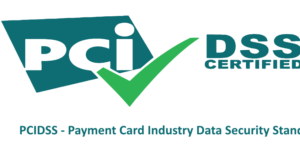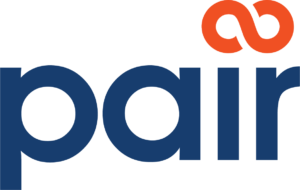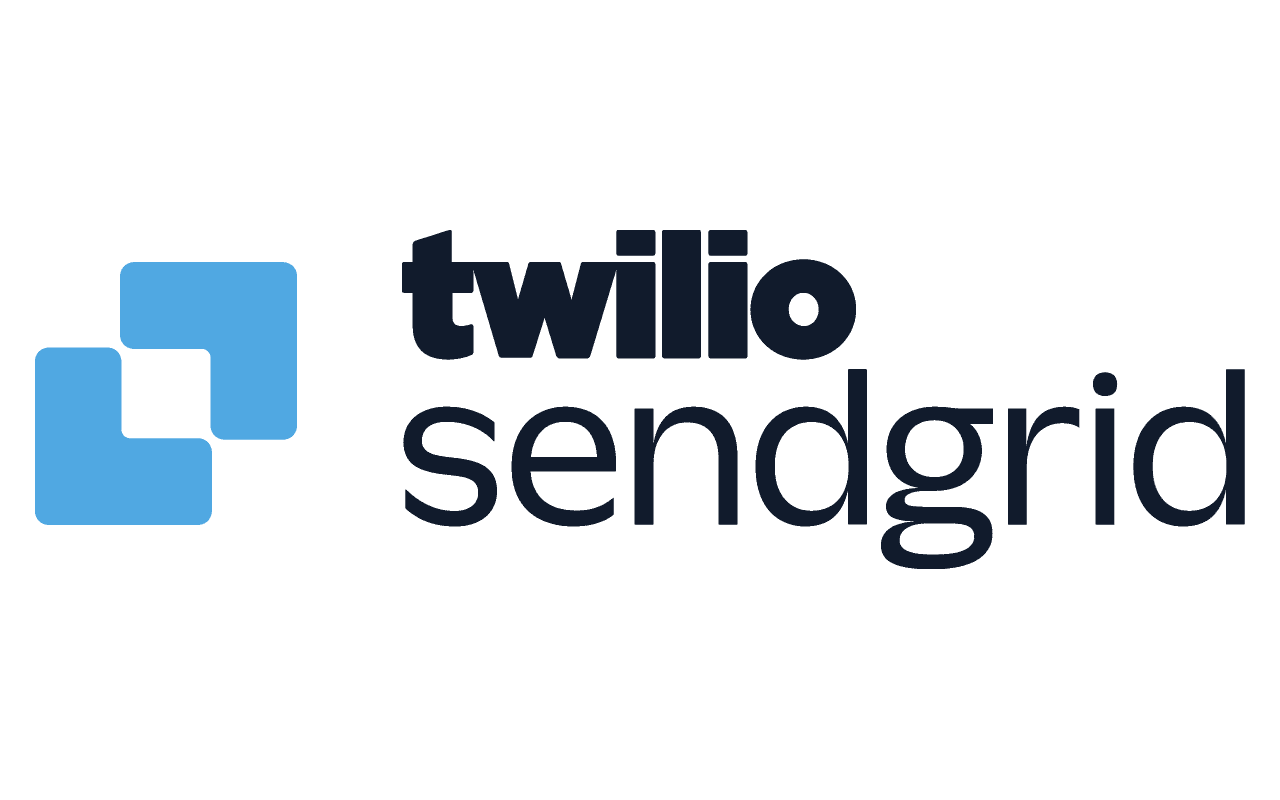Content: Your Website's Most Important Facet
Every time your customers visit your website, content is what they see. From the information on your webpages, to the images and visuals included, website content is what you, the CLS toolset user, choose to display using the website editor. Since your website is essentially comprised of content, it is one of your most valuable assets in successfully marketing your business or service online.
The main goal of content is to attract potential customers by engaging them, basically giving them reason to continue visiting a site instead of exiting and moving on to the next search result. Good website content will capture the target audience’s attention by remaining concise while still providing important details. Additionally, a major aim should be to keep content fresh and up-to-date. This will help to ensure that customers stay loyal. Customers should not just be engaged initially; the main purpose is to keep customers coming back.
Achieving these goals will likely lead to more customers, and this translates into greater profits and better brand recognition for businesses. Content can be the make or break factor in conversion rates of website visitors to loyal customers.
How can you meet these goals and reap the benefits? There are numerous helpful best practices to make sure that your webpages have the finest content possible. Foremost, it is crucial to be certain that full advantage is being taken of all the content types offered in the website editor. There are some types of content that every business should feature on their website.
Contact Forms are a prime example, since they are an important method of staying in touch with customers. Gathering customer feedback is essential to retaining loyal customers. Keeping on track with customer concerns, complains, questions, suggestions and ideas will ultimately better a business, so make forms readily available. Let customers know that their thoughts are being taken seriously by giving every customer’s communication proper attention. Provide responses, and thank them for positive feedback. If they have given negative feedback, make corrections and then relay that action back to the customer.
Images are a key component of every successful website. Words alone are not enough to adequately engage potential customers. Take photos of storefronts, office space, employees, and happy customers; this is the kind of content visitors are looking for when they are deciding who to choose for their next service or good.
Social networks have become an integral part of people’s daily lives, as well as a large influence on search engines; therefore, every website should contain social media follow buttons, which add the ability for visitors and customers to share content on social networks such as Facebook and Twitter. As a result, content will become more visible in general, especially to other users on those social networks. Providing gateways to information about events, products, and services through social media are the signals that visitors want to see when they are evaluating businesses online. If they are given the content they are looking for, then they will be more likely to use the business for their needs.
Besides properly utilizing content types and taking into account differing mobile and PC users, there are still other ways to boost the effectiveness and visibility of website content. Proper usage of meta descriptions is one of these methods. Meta descriptions are the small taglines underneath search results in engines like Google, and potential customers will usually click on a lower-ranked search result if it has a more compelling tagline than a higher-ranked competitor. Successful meta descriptions capitalize on this trend; the best meta descriptions include company name or brand, a convincing description of the page, and a call to action. To quickly grab the attention of visitors, all of this information should be kept within 1 to 2 lines, because Google has limited room to show information, cutting descriptions off after about 150 characters.
There are a few more technical guidelines to be followed. Every page on a website should have a different description tag that is specified to the content on that page. URLs for pages should be kept readable to increase the chance of being selected over pages with non-formatted URLs. Speed of the site does not account for search engine ranking, but it will affect the visitors’ patience, and if a website is slow, a visitor will be more likely to close the window and switch to another site.
Simply maintaining a website for your business is not enough to continually attract customers. If the content on your website is not relevant and current, then your website is not doing its job as best as it can. Content is very well the most important feature of your website as a whole, while logistics take a close second. Striving to improve both will make your website as efficient, engaging, and informative as possible, contributing to the success you desire for your business.



